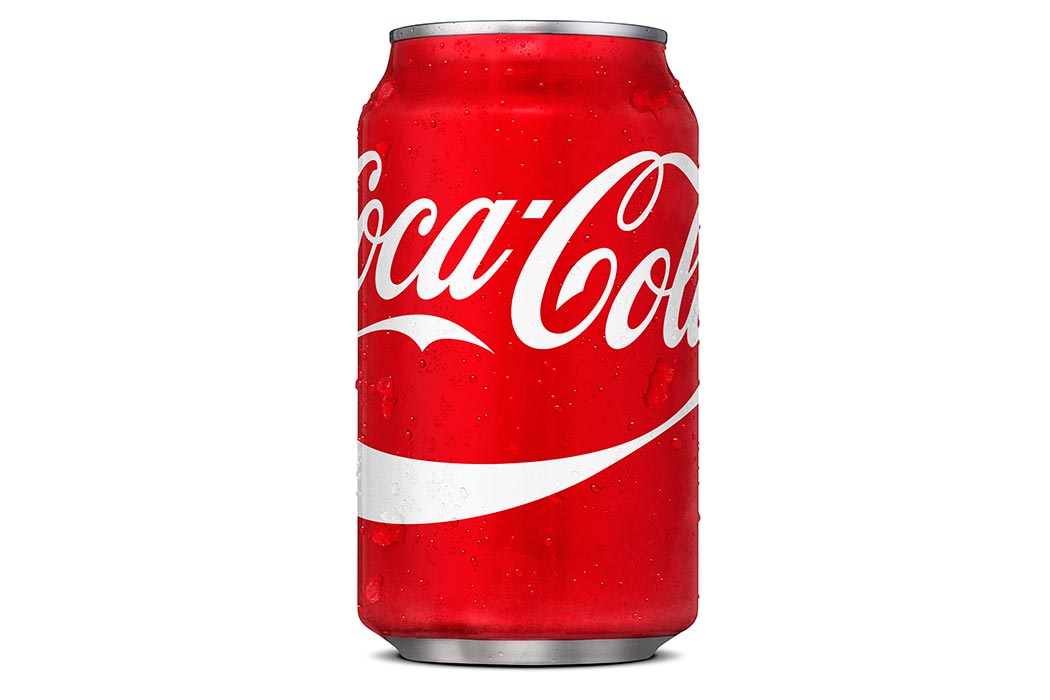It was reported this week that Coca-Cola is rolling out a new unified design across its different brands (Classic, Diet, Zero and Life). The idea is to have essentially the same design across the entire range, with the different cans varying only in colour. Spain is going a step further: all four varieties will use the classic red can, with only the colour under the swoosh varying. Throw in the three Pepsi brands (Pepsi, Diet and Max), and the cola drinker now has no less than seven different options; many more if you include the smaller brands and supermarket generics. But can anyone taste the difference between these brands anyway?
Perhaps surprisingly, this question has attracted quite a lot of interest in the scientific literature. Indeed, as far back as 1949, researchers at the University of Wichita presented “A Progress report on some experiments with cola beverages.” In the first part of the study, participants were given Coca-Cola, Pepsi, or RC Cola. When asked to guess which was which, participants’ guesses (41% correct for Coca-Cola, 38% for Pepsi and 35% for RC) were not significantly more accurate than chance (the only reason they look a bit better for Coca-Cola is that they are more likely to guess this more famous brand, regardless of the drink being presented). Indeed, in the second part of the study, when participants were—unbeknown to them—given the same cola in all three glasses, an almost identical pattern was observed, with 45%, 32% and 25% correct guesses for Coca-Cola, Pepsi, and RC respectively.
A similar study from 1983 (not currently on JSTOR, but you can read the abstract here) found that participants couldn’t tell when they were given Coca-Cola in a Pepsi bottle or vice versa. Interestingly, though, when surreptitiously given two cups of the same drink—one cup marked with the letter “L”, the other with the letter “S”—participants overwhelmingly preferred the latter. Why? In a different part of the study, participants indictated that they simply preferred the letter “S” (6.8/10 on a likeability scale) to the letter “L” (6/10), presumably because the former is more frequent, and people tend to like what they know. Whatever the explanation, this preference for “S” cola over an identical “L” cola is a particularly powerful demonstration—as if one were needed—that, in the cola wars, branding is everything.
Brands in general—and perhaps cola brands in particular—derive much of their power from the fact that they come to symbolize human values that we aspire too. For example, an Australian study found that participants strongly associated Pepsi—but not a supermarket generic, Woolworth Homebrand—with “enjoying life” and “an exciting life.” Consequently, participants who described themselves as valuing excitement rated (what they believed to be) Pepsi as tasting better than (what they believed to be) Woolworth Homebrand. People who placed a low value on excitement showed no such difference. The power of branding was also highlighted in a 2004 brain scanning study. When the drinks were given blind, participants gave similar responses to Pepsi and Coca-Cola. However, when the drinks were labeled, participants displayed a preference for Coca-Cola; a preference reflected by stronger activity in an area of the brain strongly associated with reward (the ventro medial prefrontal cortex).
This study suggests that, while few people can reliably discern any difference in a blind taste test, Coca-Cola is winning in its branding war with Pepsi. Presumably, then, what Coca-Cola is doing by making its different brands more similar in appearance is trying to ensure that the iconic branding of its flagship product transfers, in undiluted form, to its Diet, Zero, and Life versions.







